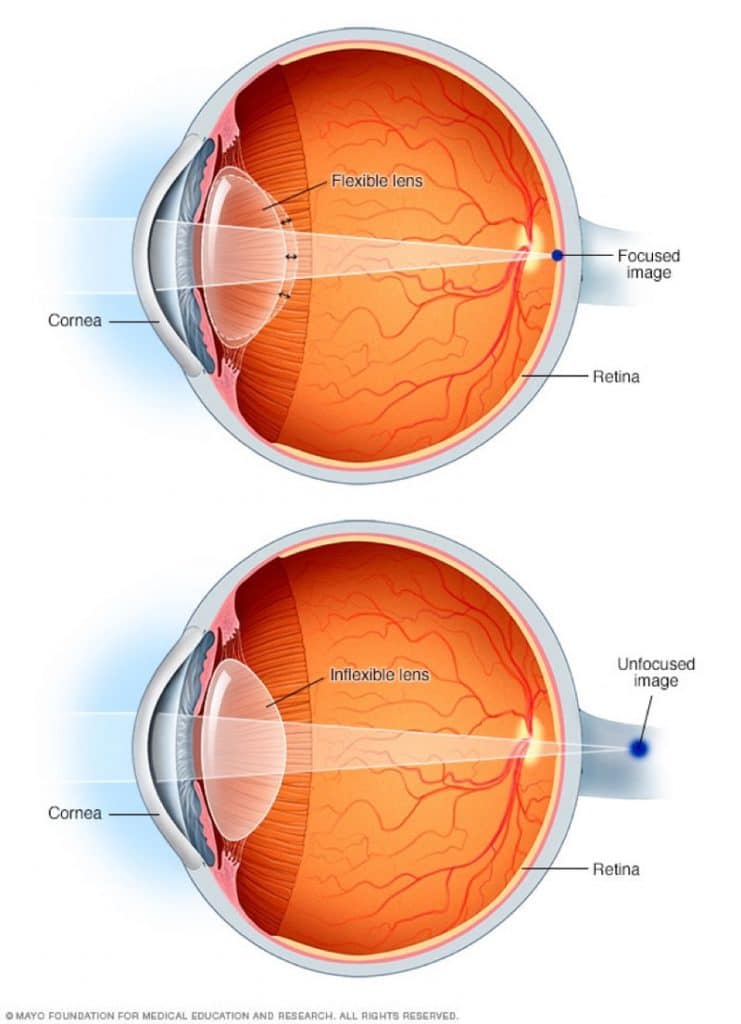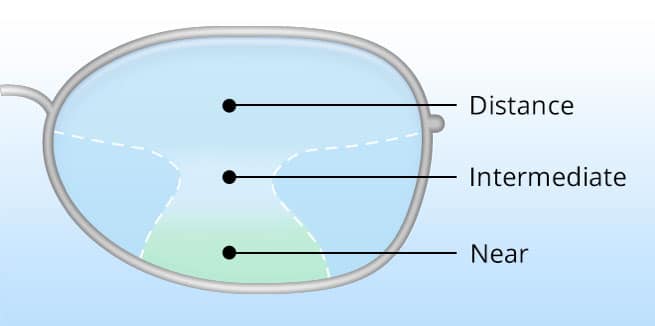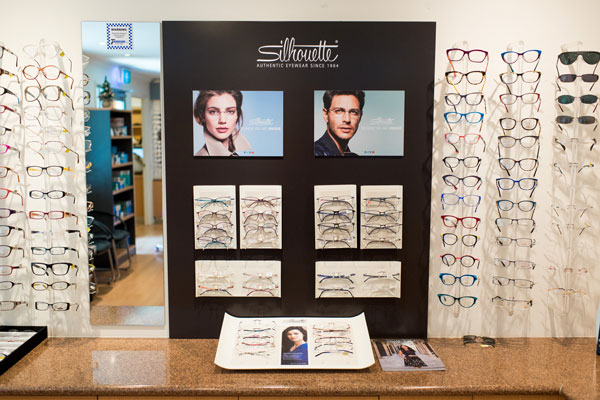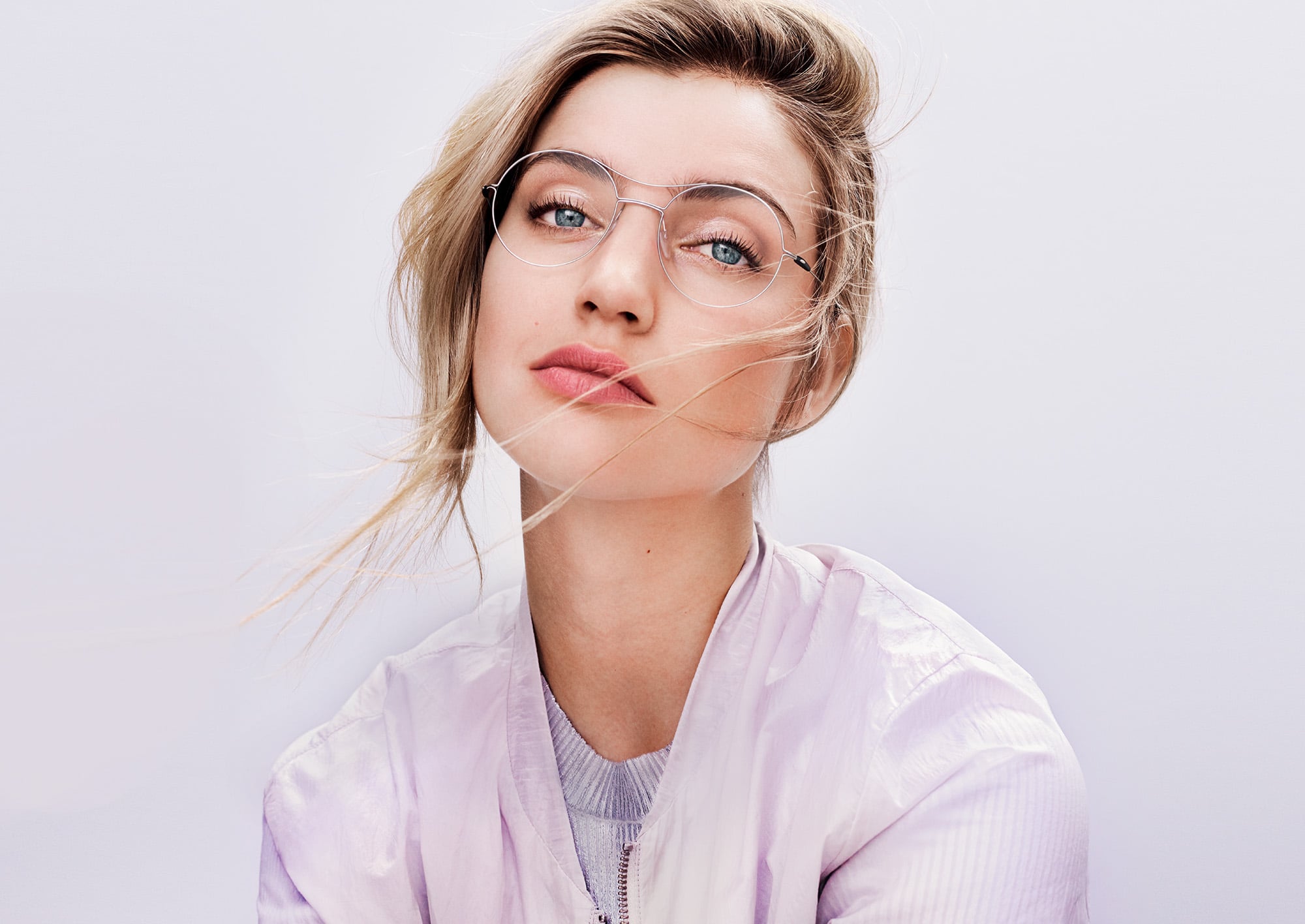Presbyopia
Presbyopia is the normal loss of the ability to focus at near that occurs with age. Most people begin to notice the effects after age 40, when they start having trouble seeing small print clearly. These changes continue until around age 55, when the changes plateau.
Many of our patients find these changes quite distressing. However it is important to remember that these changes are normal.
Signs of presbyopia
- Finding your children are bringing things too close when showing you something
- Having to hold your reading material further to see clearly (phone, books, menus, labels, etc.)
- Fluctuating vision
- Increased presence of floaters
- Sensitivity to light
- Trouble seeing your food clearly
- Having to squint to make reading clear
- Takes a few seconds to change focus, e.g. from typing a text message on your phone, to looking up and walking
- Poor vision in low light areas
What causes presbyopia?
Presbyopia is caused by the gradual thickening and loss of flexibility of the natural lens inside your eye. With less elasticity, the eye has a harder time focusing up close.

Consequences of delaying treatment
If long-standing presbyopia is not corrected, you can experience:
- Increased short-sightedness
- Increased astigmatism
- More rapid change in prescription
- Significant difference in prescription between the two eyes
- This is your brain trying to make one eye responsible for distance and one eye for reading. However, this means that you will be compromising your depth perception abilities.
- Trouble with adapting to new prescriptions
- Blurry near vision
- Headaches and sore eyes
- Visual fatigue
- Due to the constant straining, you may experience prescription fluctuation. This also makes prescribing the most comfortable glasses more difficult.

Presbyopia treatment
The most popular solution for presbyopia is multifocal (or progressive) lenses. Because your prescription requirements will be different at distance and near, the multifocal lenses account for this by slowly changing prescription from the top of the lens to the bottom. This allows comfortable, clear vision at all distances.
Early presbyopia
Frequent office work
Close range work
Contact lenses

Call us on 07 3345 3383 or book online today!
How can you slow presbyopia?
Presbyopia will eventually affect all people, but there are some things you can do to delay its onset/severity.
- Wear the correct glasses for the correct task. This means that you may need separate glasses for distance, reading, and computer; or just one pair of multifocal glasses. E.g. Wearing multifocal lenses for general tasks, extended focus lenses for office/near work, or single vision near glasses for reading. Wearing the correct lenses will also make your life more comfortable and enjoyable!
- If wearing single vision glasses for near work, you will need to remove them when looking up g. talking to someone, walking around. If this is not done, this can also lead to eye strain and more rapid change in prescription.
- Have regular eye tests to update your prescription. We also assess the health of your eyes to pick up age related eye conditions such as cataracts, retinal diseases, glaucoma and other eye conditions.
- Try not to strain or squint your eyes to make things clear, as this will induce astigmatism.
- Spend more time outdoors. Try to aim for a 1:1 ratio of gadget use and outdoor. E.g. 1 hour on the iPad = 1 hour outdoors e.g. family picnic, walking, swimming
- Take regular breaks and alternate near tasks with something that requires distance vision. Near tasks include gadget use, computer use or reading; distance tasks include showering, eating, getting a glass of water, or chatting with a family member.
Every 40 minutes of near tasks, take a 5 minute break to do a distance task. - Good lighting. The reading area should be well-lit to not cause strain on your eyes. If using a computer, the computer screen should NOT be brighter than the environment.
- Good working distance
- Reading: 35cm away, should be tilted back 20°. Or elbow to first knuckle.
- Computer: 50cm away
- TV: >3 metres away
- Follow the general rule: the larger the screen, the better for your eyes. Smaller screens and print can put excessive strain on your eyes. If possible, avoid spending prolonged period of time on your digital device.
- TV > Computer > IPad > Phone
- Good posture
- Avoid leaning or reading lying down. This produces uneven strain on eyes.
- Place reading material directly in front, not off to the side; especially for computers.
- Make sure both feet touch the floor.
- Avoid reading in the car as the constant movement requires greater concentration and may cause eye spasms
- Warm towel compressions/eye drops after reading
- Wet a small, soft towel with warm water and hold to your eyes for 1-2 minutes after reading.
- Single use eye drops are available in store




